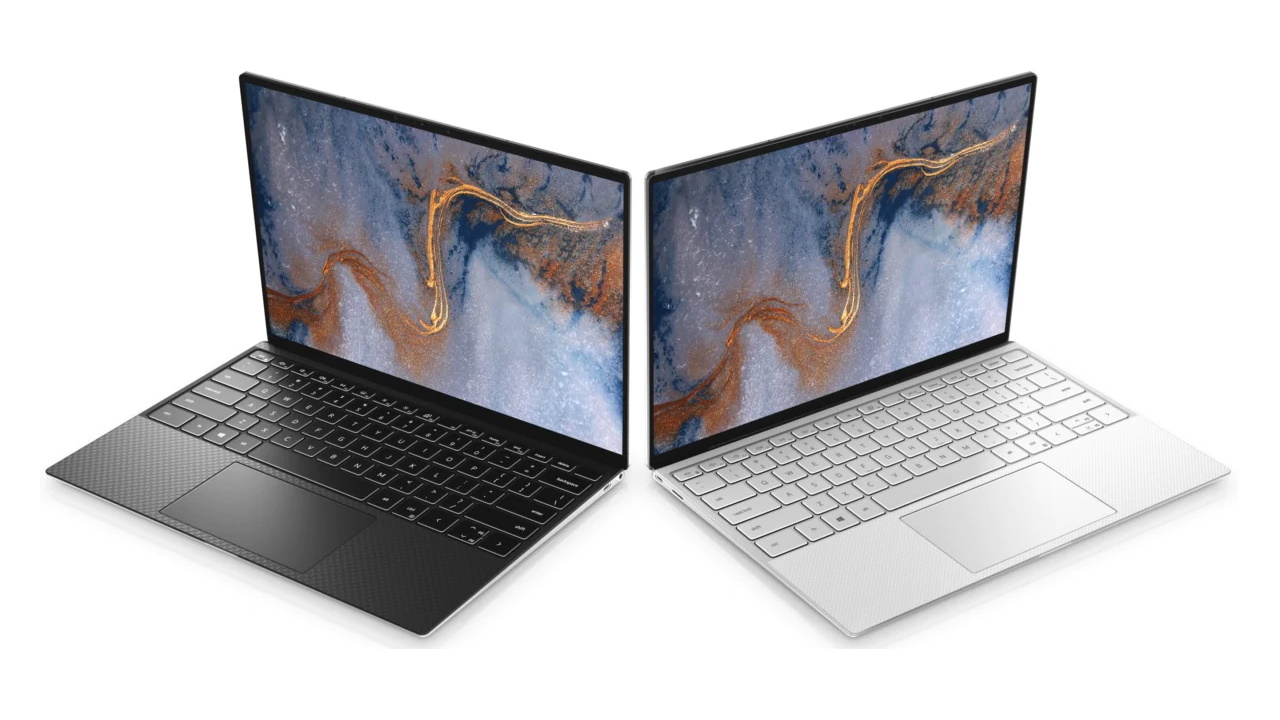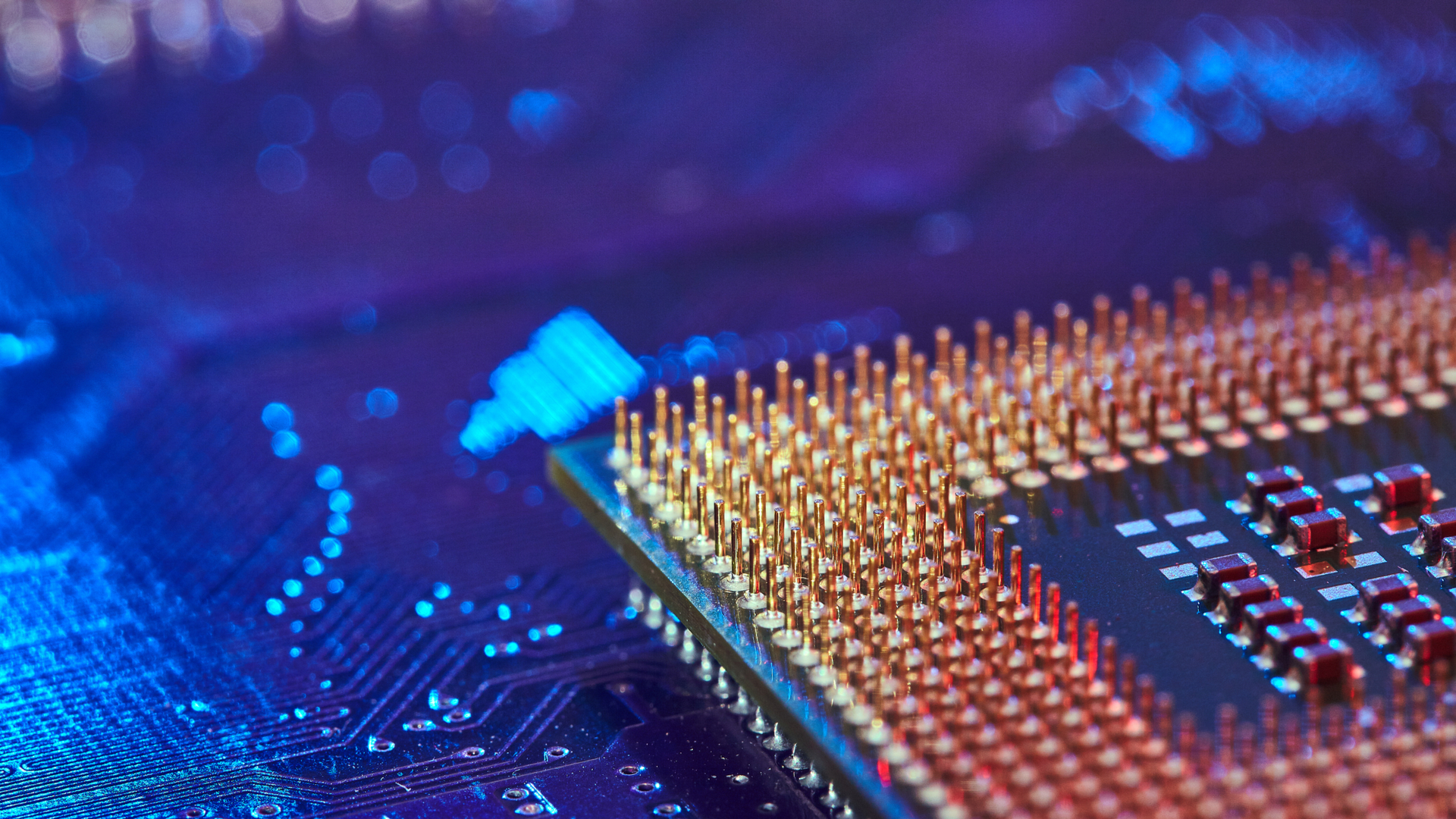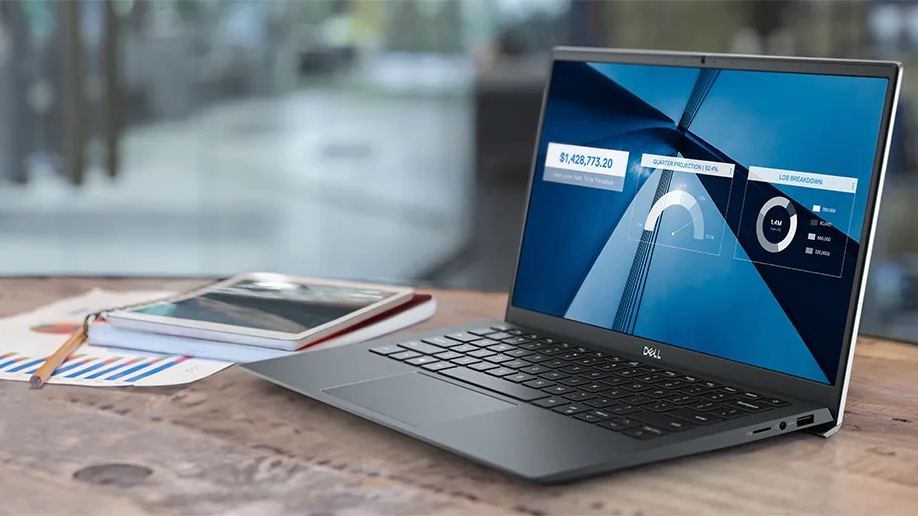11 ways to reduce your laptop's impact on the environment
Tips to help you minimize the negative effects of your hardware on the environment

The climate crisis impacts all of us, and we know that to hold a global temperature rise to less than 1.5°C, we need to reduce greenhouse gas emissions dramatically.
Addressing the climate crisis requires breaking it down into small actions that add up to a big impact. We can all make simple choices to shrink our carbon footprint, including that all-important laptop purchase.
Check out these eleven ways to live your best laptop life and reduce your carbon footprint.
Know your numbers
Do you know your carbon footprint? It's the amount of greenhouse gases (GHGs) – including carbon dioxide, methane, nitrous oxide, and others – that you produce as you live your life. There are several great calculators out there that can help you calculate your carbon footprint, like Carbonfootprint.com. You may be surprised by your own footprint, so knowing it will be the first step in figuring out where you can make savings. Many brands will help you compare the carbon footprint of various models to further inform your sustainability-minded buying decisions.
The great recycle
We normally think of recycling as a waste issue, but it's also a climate issue. For example, the carbon footprint of a recycled aluminum can is 95% smaller than that of a can made from virgin aluminum.
So, before you buy a new laptop, consider how you might responsibly return, refurbish or recycle your old one. Depending on the brand of your laptop, you may be able to send it back to have it recycled. Recycling policies vary from brand to brand and have improved significantly over the last few years. But today, some will even collect your old electronic goods, regardless of brand, in any condition, and recycle them for free.
Before you replace it, can you repair it?
Repair is essential to keep products in use longer and out of landfills, so it's worth checking whether a laptop is designed with repair and recycling in mind. If a component is covered in adhesive and takes hours to disassemble, it isn't as easy to repair and may not be able to be recycled at all.
Are you a pro? Subscribe to our newsletter
Sign up to the TechRadar Pro newsletter to get all the top news, opinion, features and guidance your business needs to succeed!
Some brands provide customers with easy access to the resources, spare parts and support they need should they wish to repair their products themselves. Increasingly, brands are making it easy to access vital information for repair online, including manuals and downloads that keep products performing. Publishing their parts list online means customers can order parts to conduct their own repairs. AR technology has even created a space for augmented reality repair apps to take shape, providing users with step-by-step part replacement instructions in an AR format.
Level up
Many people think about changing their computer to support the latest applications or games. Before buying new, check whether you can upgrade components like memory, storage, graphics cards, or the CPU to instantly extend your device's usual lifespan.

Old is the new, new
If you have decided on a new laptop, why not consider refurbished? Going through an official refurb programme removes the uncertainty of buying through peer-to-peer websites. You can have peace of mind with a warranty that protects your device and your studies.
Lean, mean (sustainably-built) machine
If buying new, what is it made of? There are lots of materials that can be recycled to create a new laptop. Recyclable and renewable materials, including tree-based bioplastic upcycled from the papermaking industry, reclaimed carbon fiber, post-consumer recycled plastic, and new bio-based rubber feet made from castor bean oil can all be used to create sustainable laptops now.
Energy efficiency
You've got energy-efficient LED light bulbs in your house – but how energy efficient is your laptop? Energy-efficient devices help cut your electricity bills and reduce the amount needed. Thankfully, there are some helpful standards to tell you how efficient any device is, like the EPEAT rating (the Green Electronics Council's Electronic Product Environmental Assessment Tool). It's the most comprehensive tool for evaluating overall environmental criteria and makes it easy to evaluate the life cycle implications of a product.
Don't feed the vampires
Reducing energy use is a simple solution with environmental and economic benefits. Energy consumed by common household devices in standby mode can account for up to 10% of residential energy use, adding up to £147 per year to your power bill. PCs are some of the UK's top energy vampires, so switch off your laptop at the mains when you're not using it - even the standby light uses energy.
Try not to over-charge your laptop unnecessarily, too. Unplugging it as soon as it's charged will save energy and help your battery last longer. You can also adjust your PC’s Power settings to reduce the energy impact and save battery life by optimizing things like backlit-keyboard, screen brightness and adjusting your settings for “Best Battery Life.”

What's on the outside counts too
What about packaging? In the UK, an estimated 4.9 million metric tons of plastics are placed on the market each year, of which three-quarters become waste, so making sustainable choices based on packaging will also help you select a more sustainable laptop. Check whether a company uses styrofoam or other packaging materials that are difficult or impossible to recycle. Many manufacturers now use reclaimed plastics and natural products like bamboo to make more sustainable packaging, so you can go ahead and responsibly recycle or compost the packaging – or use it to send your old tech for recycling!
Future-proof
If you want to play your part in preserving the environment, one of the easiest things you can do to help is preserve your laptop – that means protecting it and extending its lifespan. So, update your software regularly to optimize your PC’s efficiency and avoid viruses, treat the battery well, and keep your laptop clean!
While software can't help get rid of fingerprints on a screen, it can help you keep your energy-efficient laptop running like new. Intelligent technology that runs on your PC can remove malware, detect issues, optimize settings and tell you when you need to make updates. All of which keeps your laptop healthier, reducing the need to replace or refurbish/recycle.
To protect your choice of sustainable laptop when on the move, consider purchasing a laptop case. For a double-whammy sustainability choice, there are cases on the market that are eco-conscious in their own right, with some being made out of recycled ocean-bound plastics.
Variety is the spice of your device
How multifunctional can you make your device? For example, can you make your laptop work for school, work, and entertainment? If you're big on gaming, look for a PC that can take a marathon session without breaking a sweat and can also keep you focused when you have a tight deadline for work or study. You could even consider repurposing old tablets or phones as home management devices for alarm systems or other uses.
As a consumer, you have the power to influence how seriously companies take the issue of our collective carbon footprint. You can choose to reward companies with strong sustainability programmes by selecting their products when you make purchasing decisions. You can also let them know you appreciate their work through social media or other outlets – everyone appreciates a little positive reinforcement now and then! Whether at the ballot box or the checkout, your choices can signal that you want to decarbonize the economy and push for climate change solutions.
- Check out our lists of the best business laptops and mobile workstations
Chris Ettery is Director of Corporate Sustainability at Dell Technologies.